A house within a house: Historic Sant Cugat's hidden gem
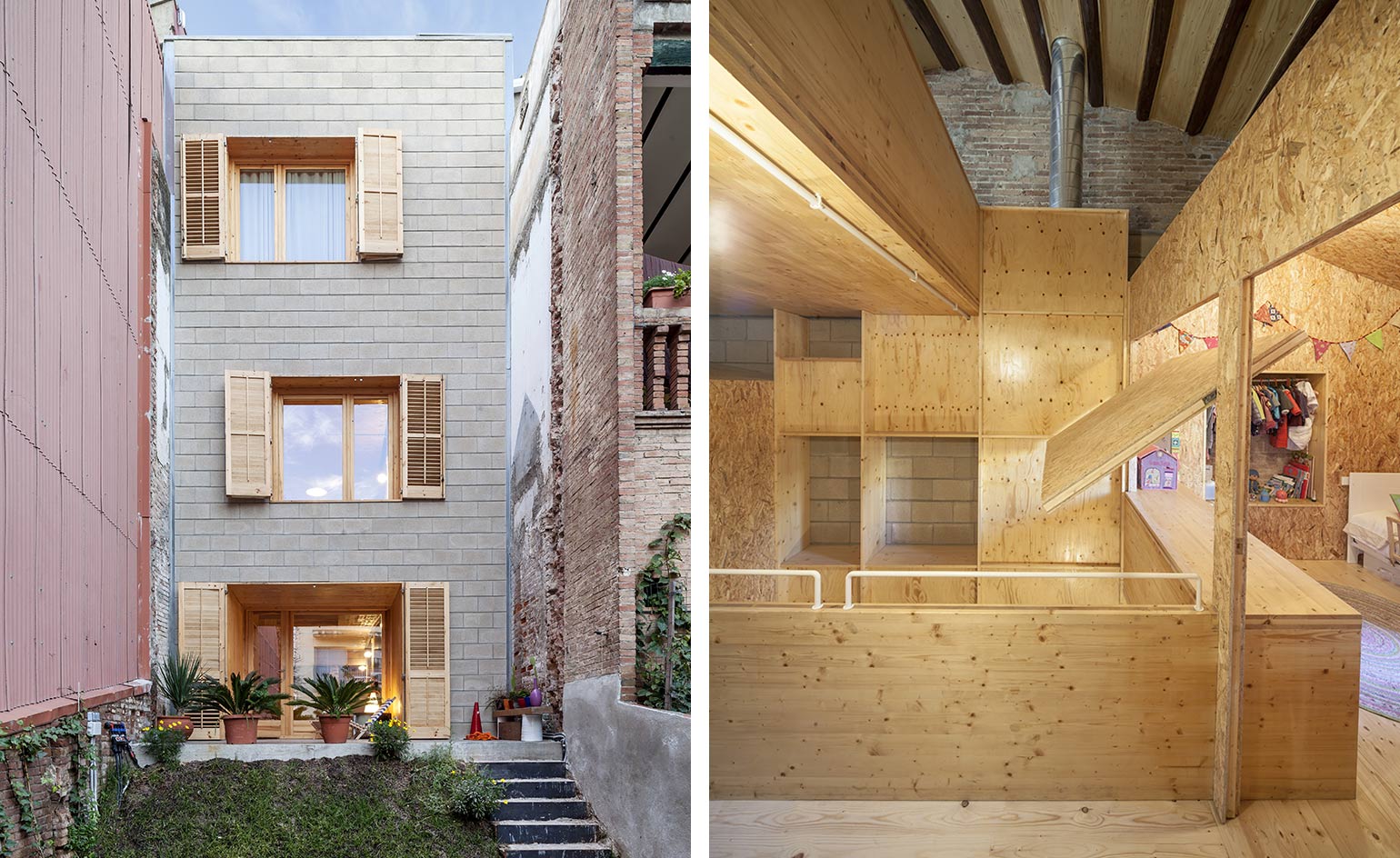
Creating a comfortable family home that effectively deals with site restrictions and a sensitive cultural and historical context - while remaining innovative and aesthetically consistent - is a challenge for any architect. And yet, Barcelona-based Josep Ferrando's latest house in Spain's Sant-Cugat - a Catalan town known for its rich cultural heritage - does just that.
Casa Sant-Cugat is a hidden gem within a historical hub. The architect kept the existing street façade and it is only when entering the house that the contrast between old and new becomes visible. With this project, construction and preservation issues were present from the word go, and it seemed that a constant battle between finding structural solutions and creating a beautiful home would be inevitable. The house's external façade and roof were listed, so no changes were possible there. At the same time, the building had to be less than five metres wide and had to deal with a complex topography, as the site was constrained between two streets with a considerable level difference.
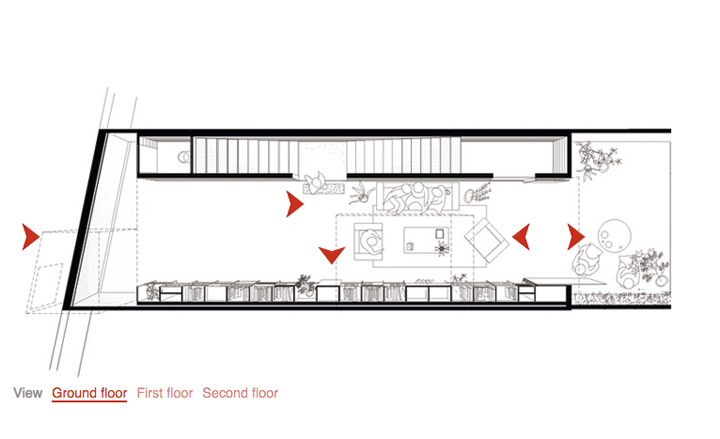
Take an interactive tour of House in Cugat
The solution is found within the house's clever internal arrangement. A new structure made from concrete blocks was built inside the original historical one, fitted between the neighbouring houses' walls. Three distinct volumes were created within; one acts as a storage space, another is dedicated to circulation and the third hosts all the primary rooms. The architect used a Raumplan model internally - this is a layout method that works with individual rooms, instead of open plan spaces, and creates a balance of discreet and dynamic areas in the house. Interiors spread across four levels. A void runs through each floor.
Laminated wooden panels and the L-shaped metal profiles holding them define the interior. The wood is left exposed throughout the house creating a warm and comfortable environment. The height difference between the floors generates views across levels and allows light to penetrate everywhere. The void that runs through the upper levels helps with that, while also acting as the house's heart and main public area.
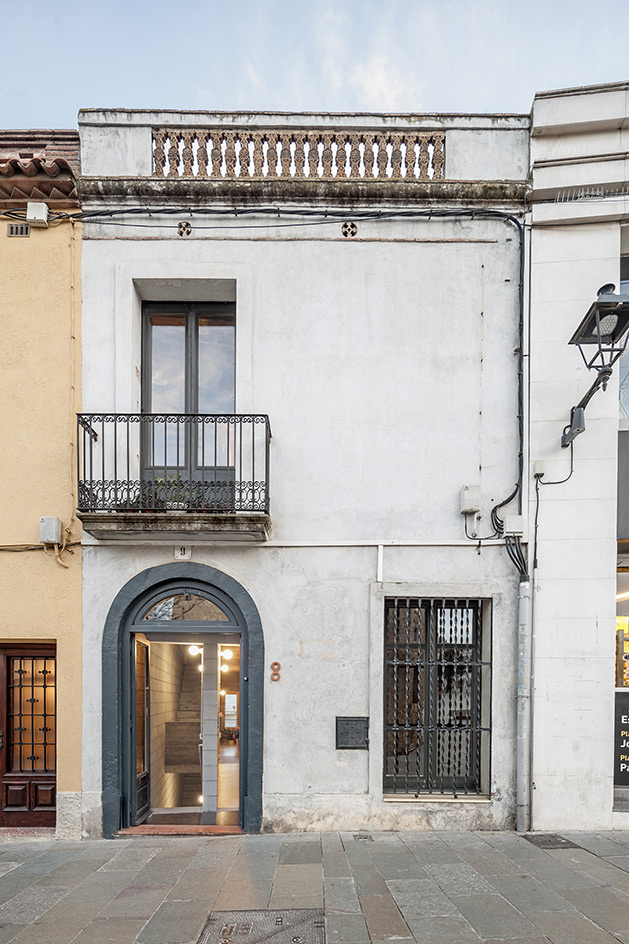
The architect was not allowed to touch the front façade and the roof, as they are both listed
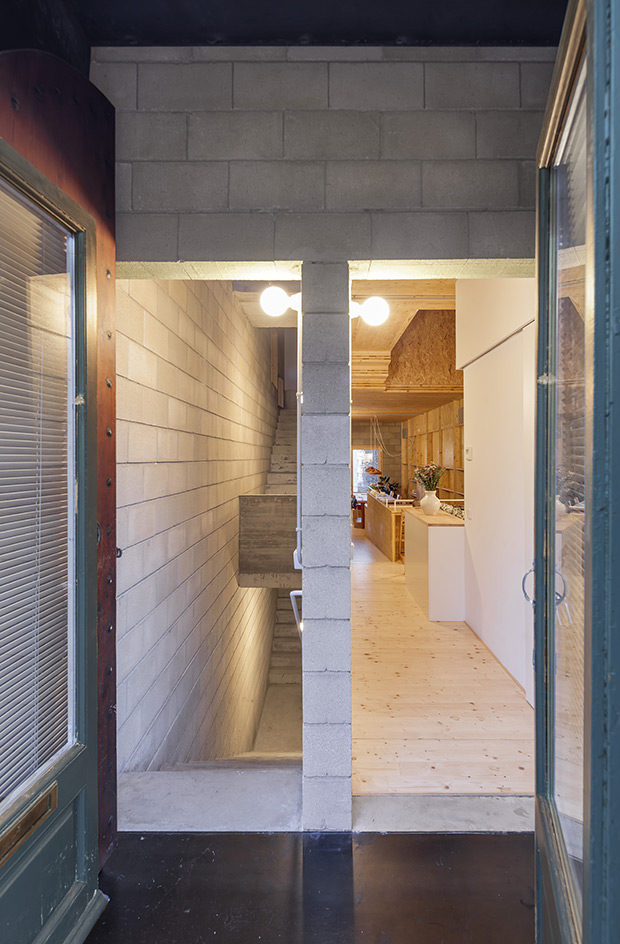
Planning regulations and the plot's narrow shape meant that the building could not be any larger than five metres wide
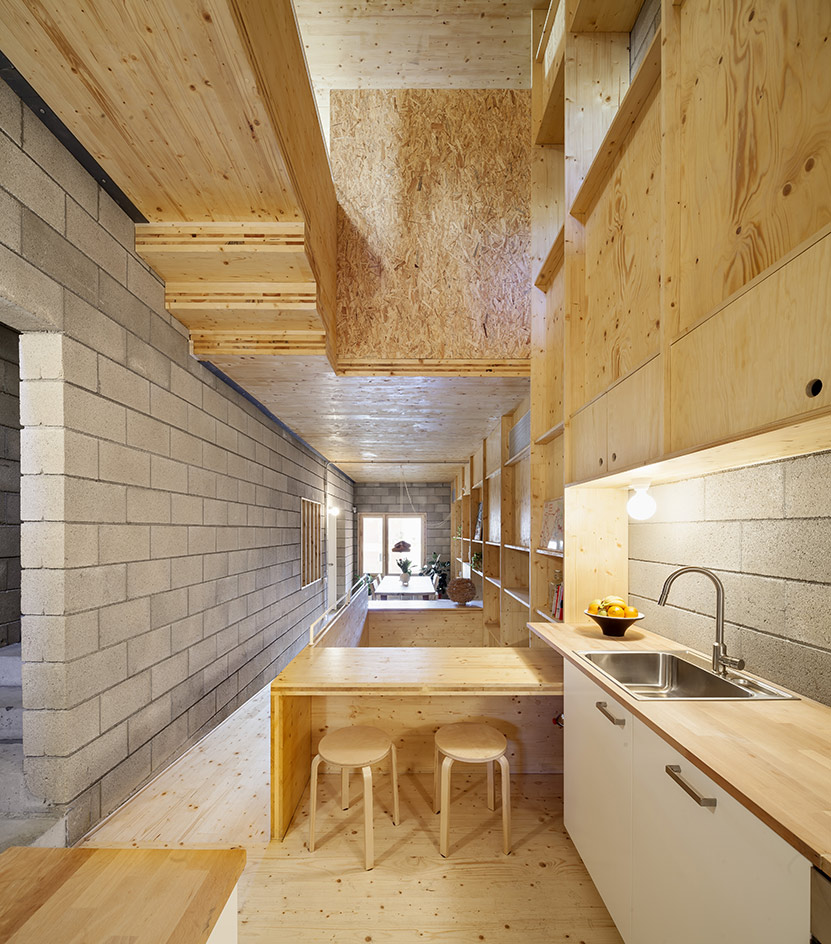
The house's first floor features an open space that encompases a kitchen, breakfast bar and dinning area
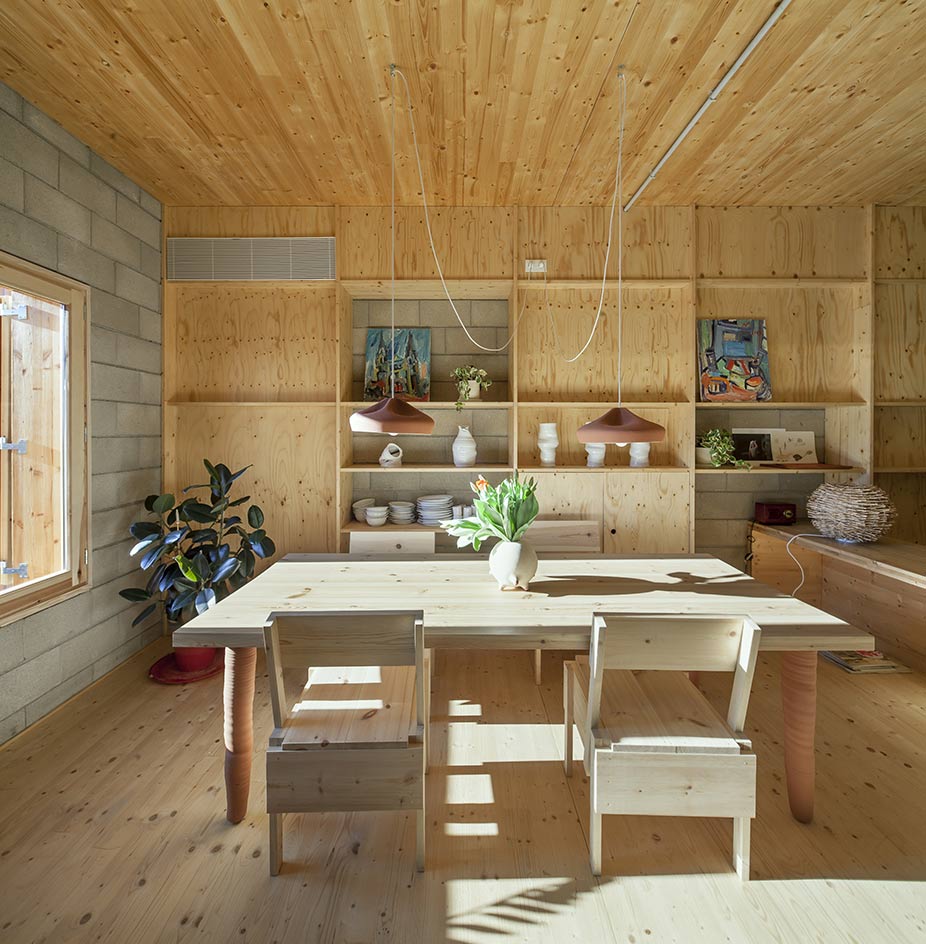
The interiors feature laminated wood panels that are left exposed
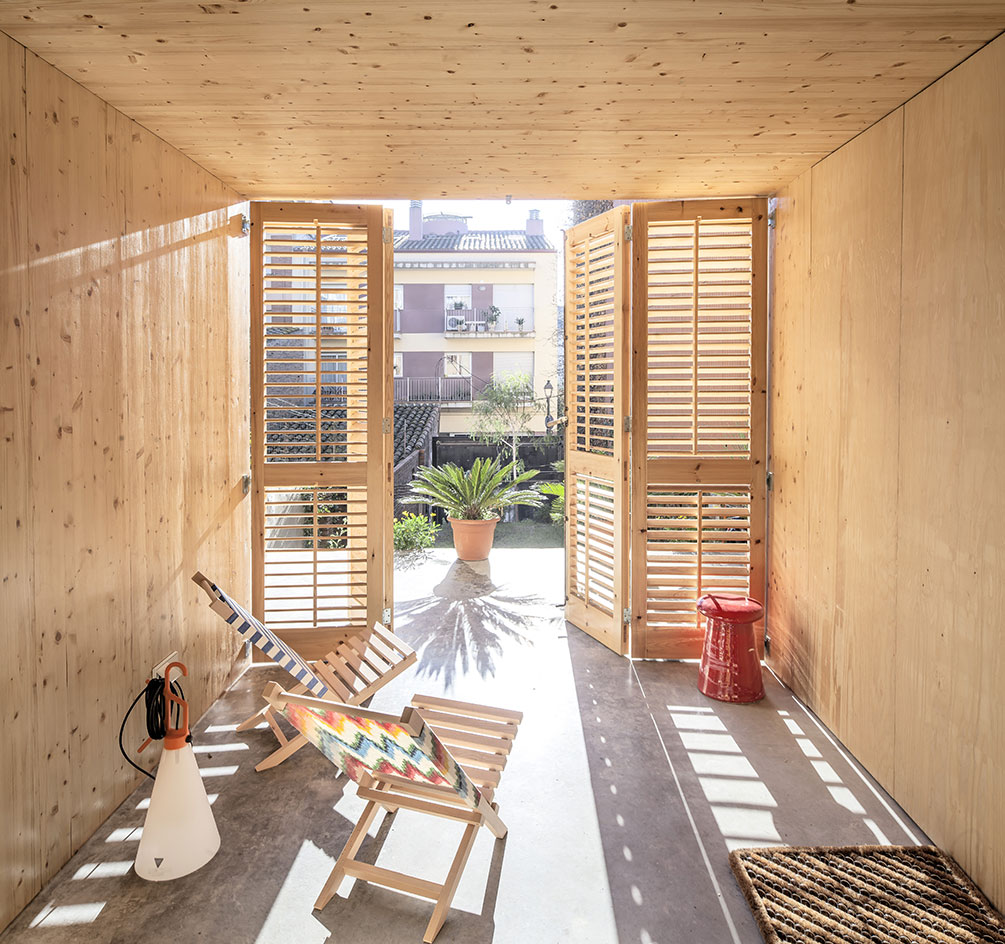
Natural sunlight penetrates the building through openings such as the wooden doors on the ground floor that lead out to the rear garden
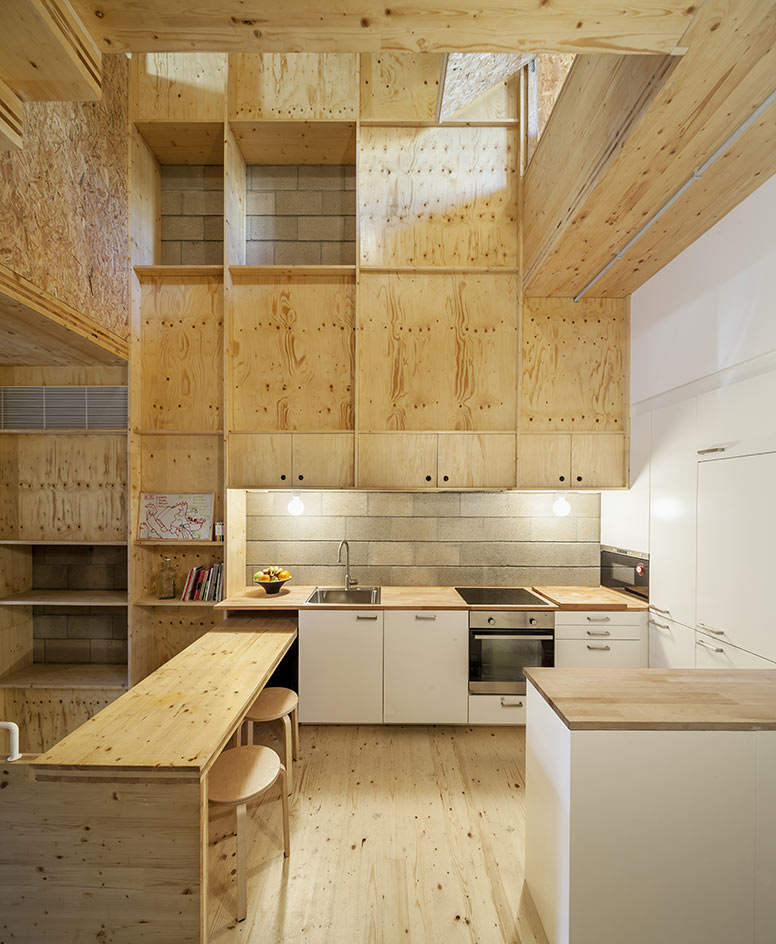
While the kitchen's wooden panels are left exposed, in keeping with the overall interior style, some finishes, like cupboards, feature colour
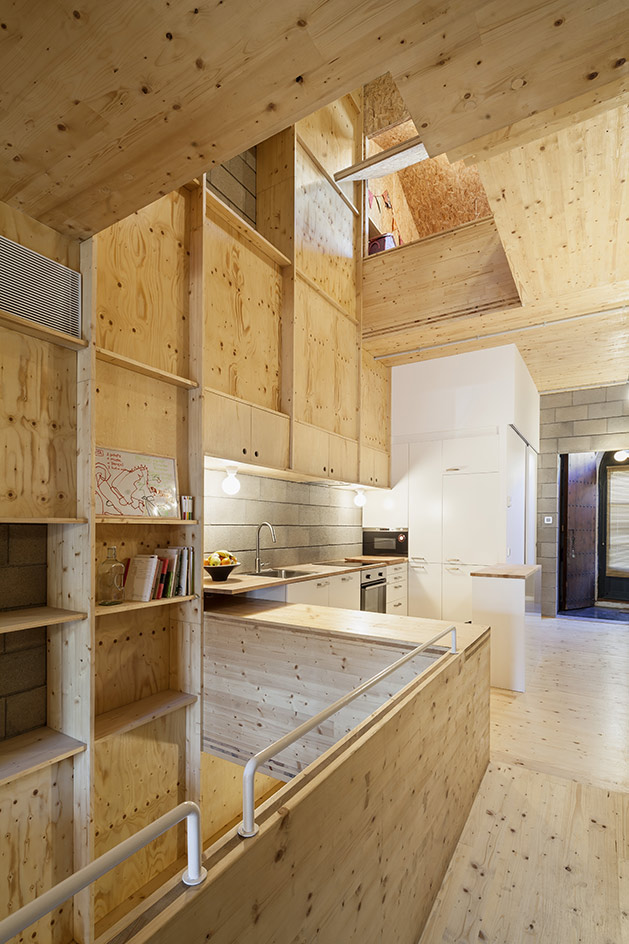
One of the house's voids cuts through the kitchen making the space feel bigger
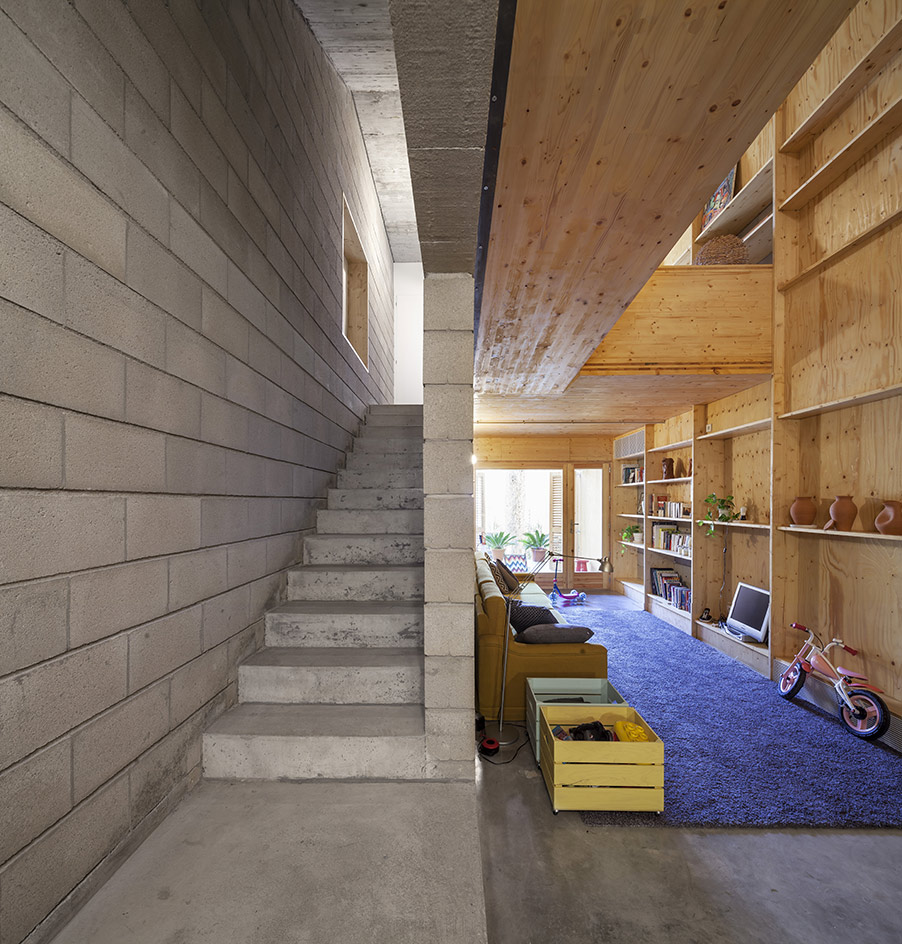
The interplay between the superimposed wood and the exposed concrete structure create a playful contrast
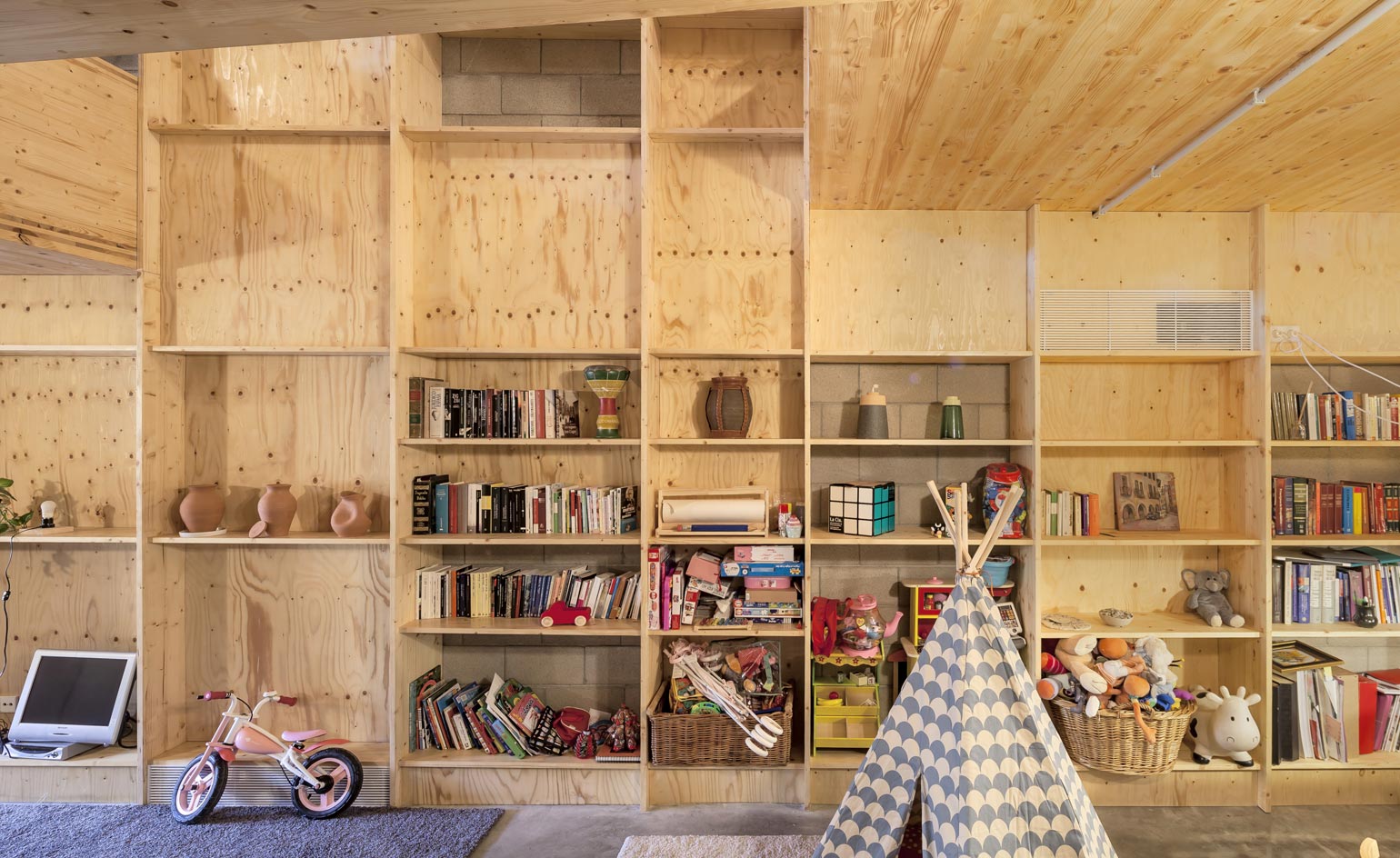
The bespoke wooden shelving running across one of the main walls of the house, means that it has ample storage for the children's toys and books
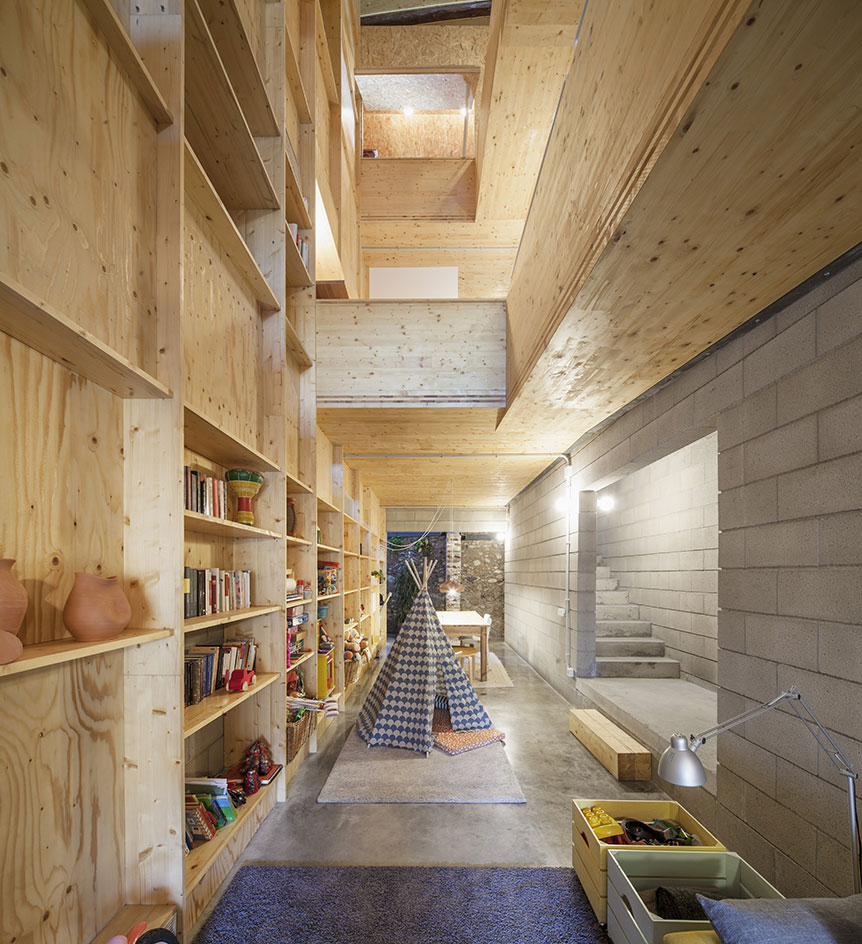
A central void at the heart of the building unites spaces across different floors
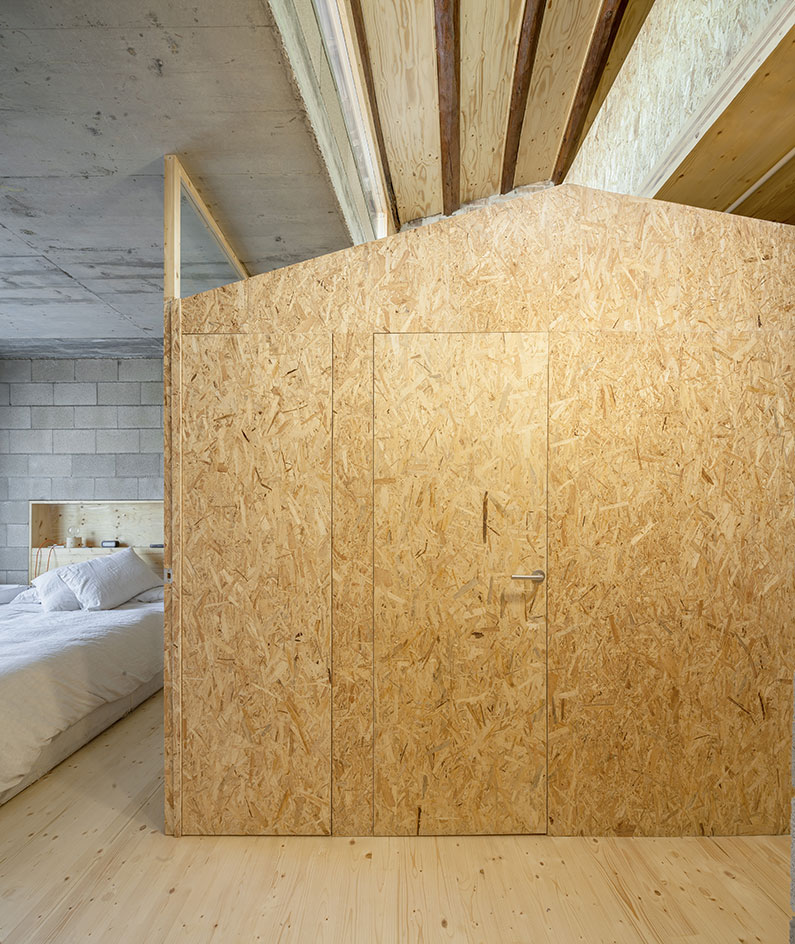
The third floor contains the house's bedrooms and bathrooms - the latter enclosed in a house-shaped explosed wood construction
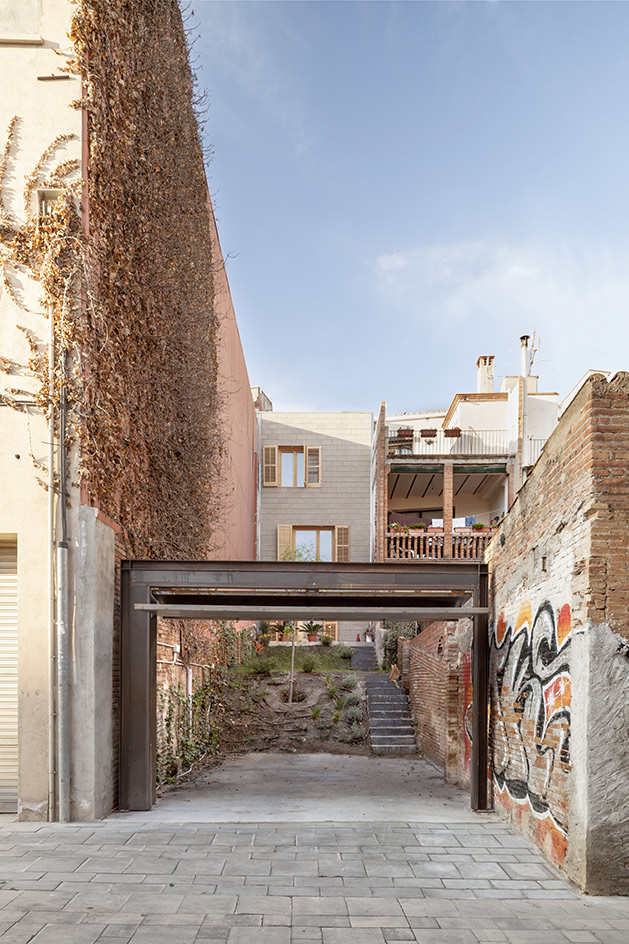
A level difference between the front and rear of the long and narrow plot gave the architect an added challenge
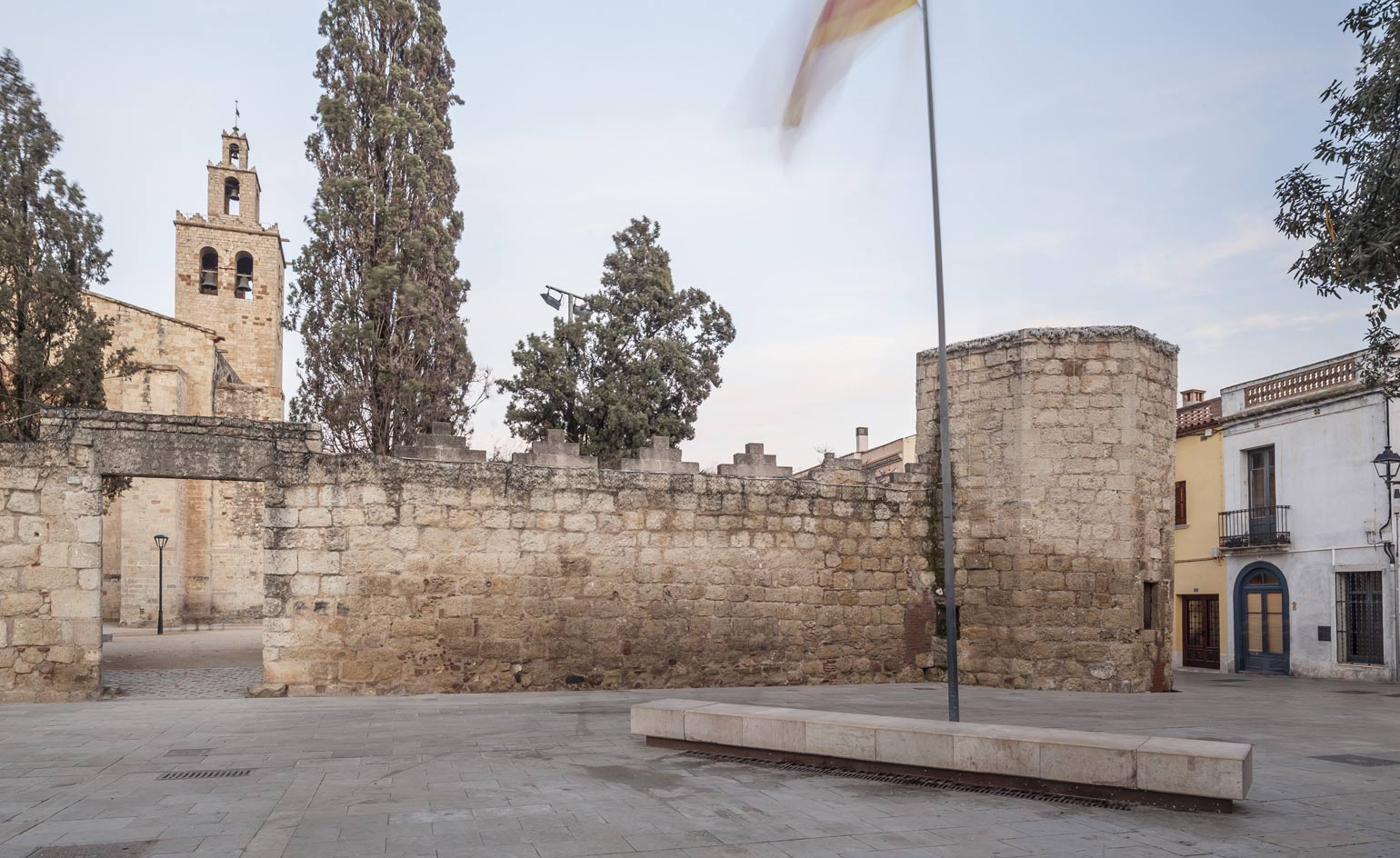
The area of Sant Cugat is renowed for its history and culture, so preserving the house's historical elements was essential
Receive our daily digest of inspiration, escapism and design stories from around the world direct to your inbox.
-
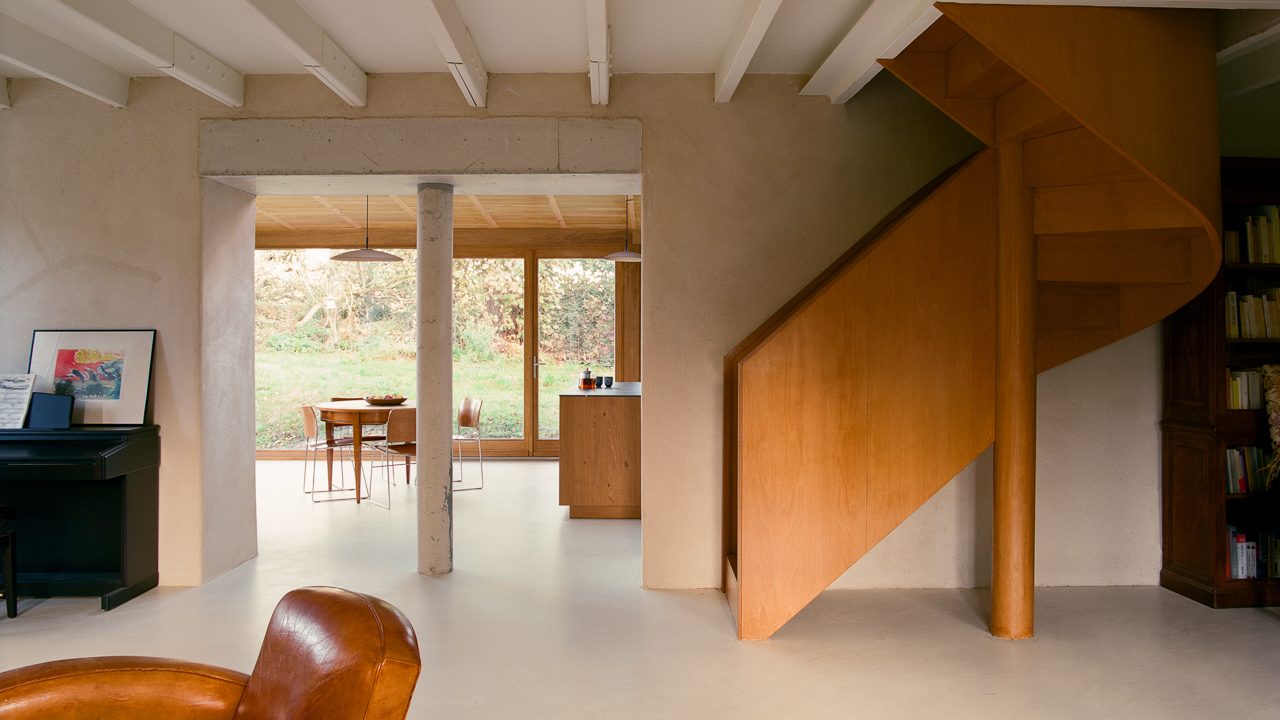 A former fisherman’s cottage in Brittany is transformed by a new timber extension
A former fisherman’s cottage in Brittany is transformed by a new timber extensionParis-based architects A-platz have woven new elements into the stone fabric of this traditional Breton cottage
-
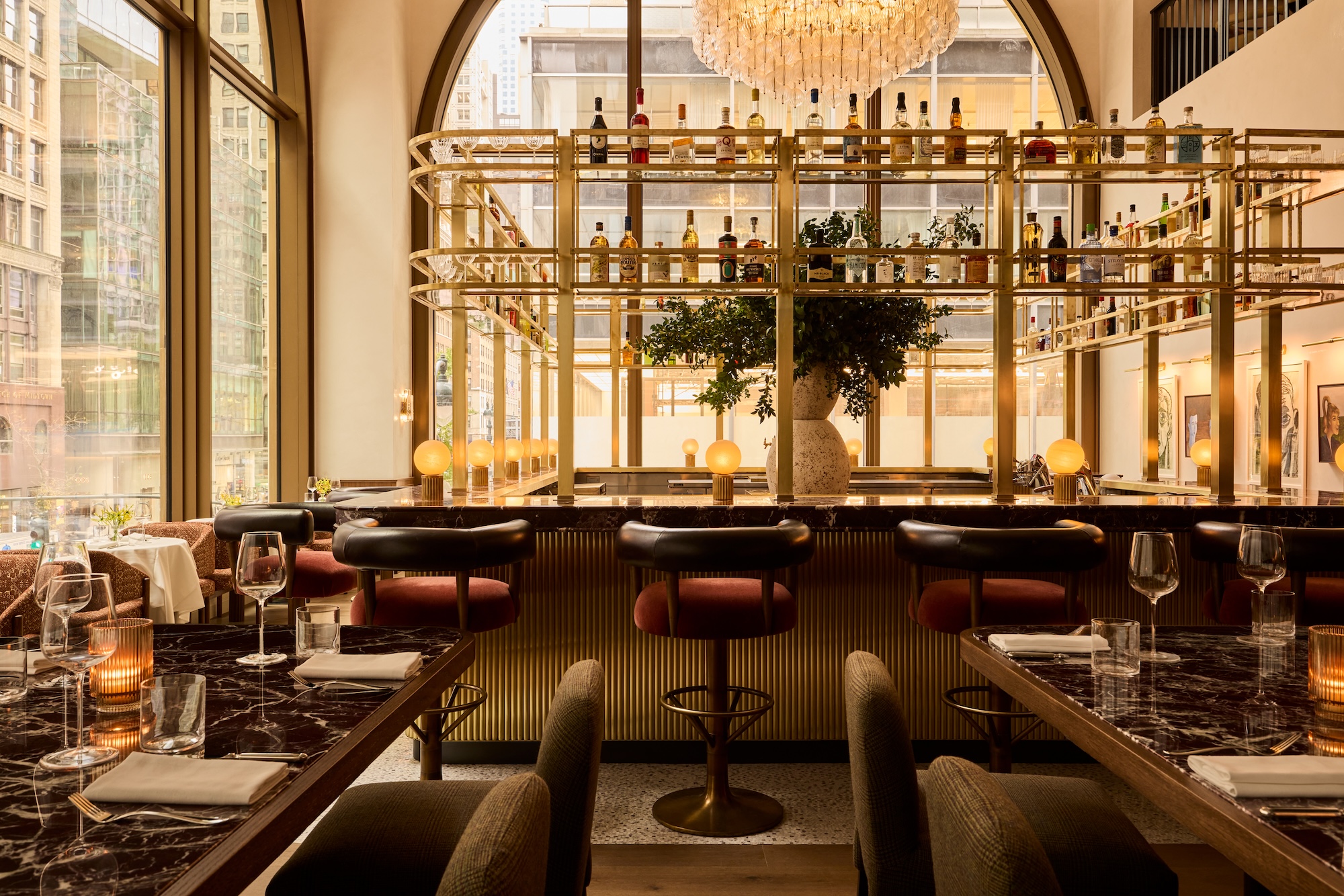 New York's members-only boom shows no sign of stopping – and it's about to get even more niche
New York's members-only boom shows no sign of stopping – and it's about to get even more nicheFrom bathing clubs to listening bars, gatekeeping is back in a big way. Here's what's driving the wave of exclusivity
-
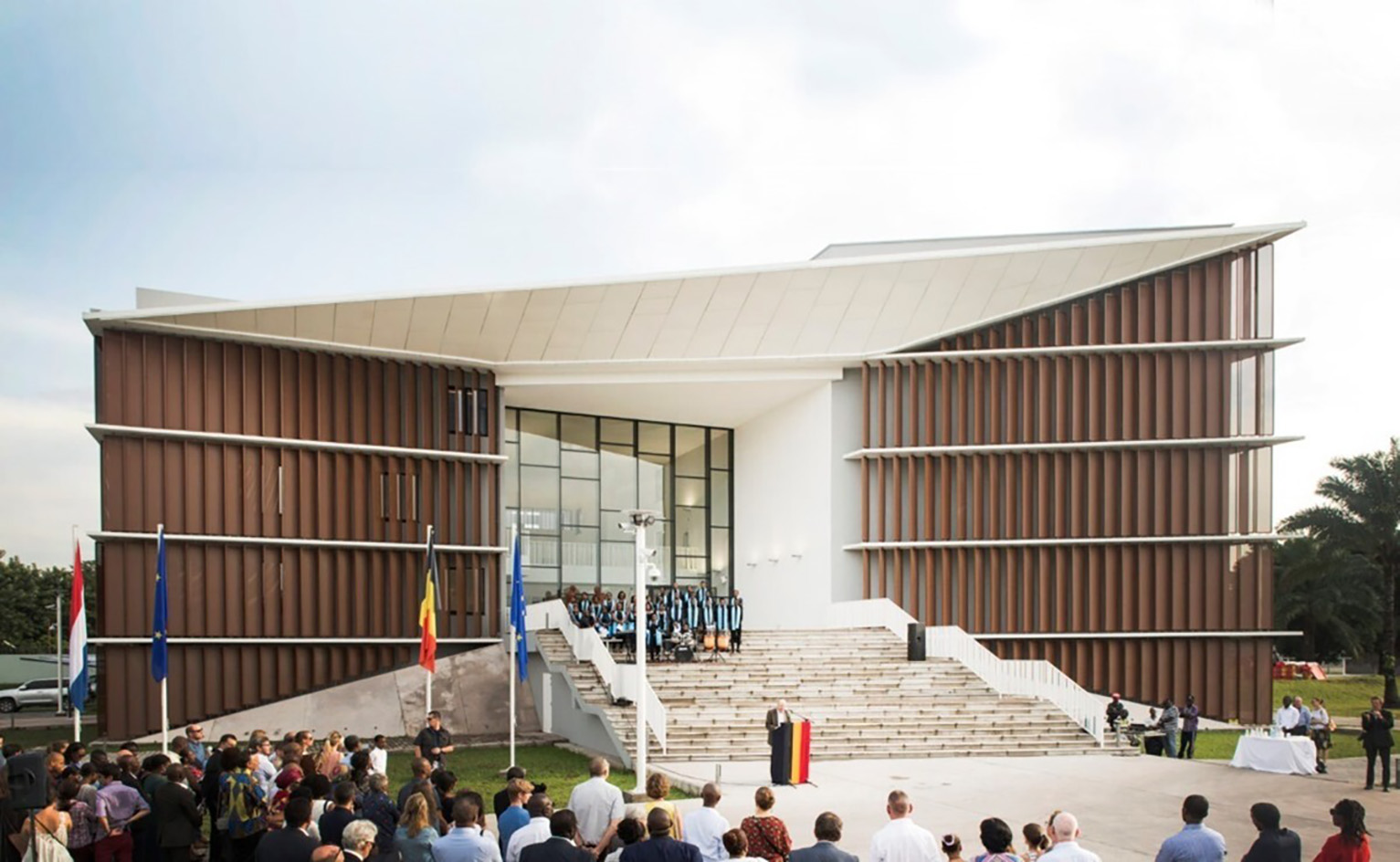 The diverse world of Belgian embassy design – 'style and class without exaggeration'
The diverse world of Belgian embassy design – 'style and class without exaggeration''Building for Belgium: Belgian Embassies in a Globalising World' offers a deep dive into the architecture representing the country across the globe – bringing context to diplomatic architecture
-
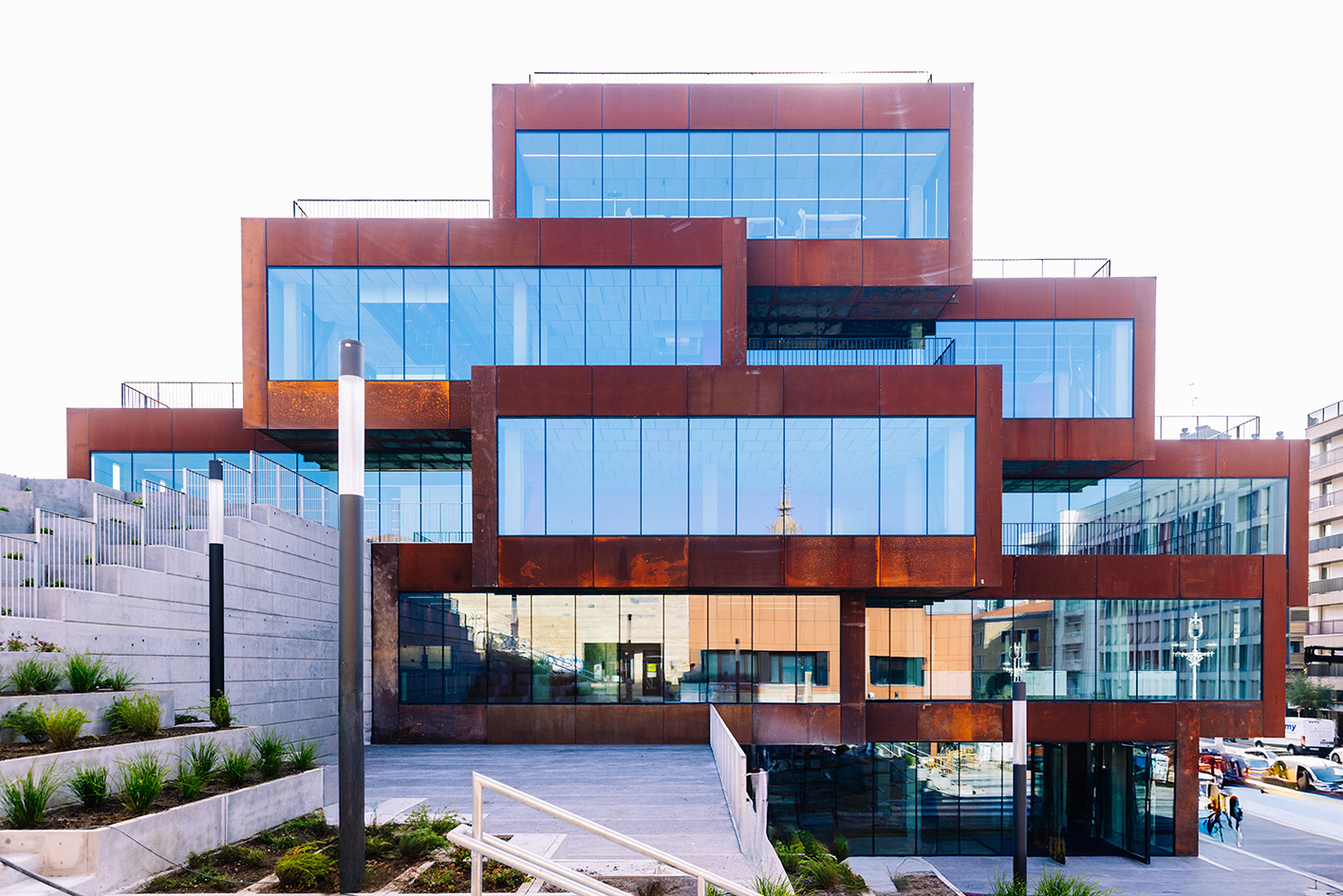 In the heart of Basque Country, Bjarke Ingels unveils a striking modular building devoted to culinary research
In the heart of Basque Country, Bjarke Ingels unveils a striking modular building devoted to culinary researchSee what the architect cooked up for the Basque Culinary Center in San Sebastián, Spain
-
 Spice up the weekly shop at Mallorca’s brutalist supermarket
Spice up the weekly shop at Mallorca’s brutalist supermarketIn this brutalist supermarket, through the use of raw concrete, monolithic forms and modular elements, designer Minimal Studio hints at a critique of consumer culture
-
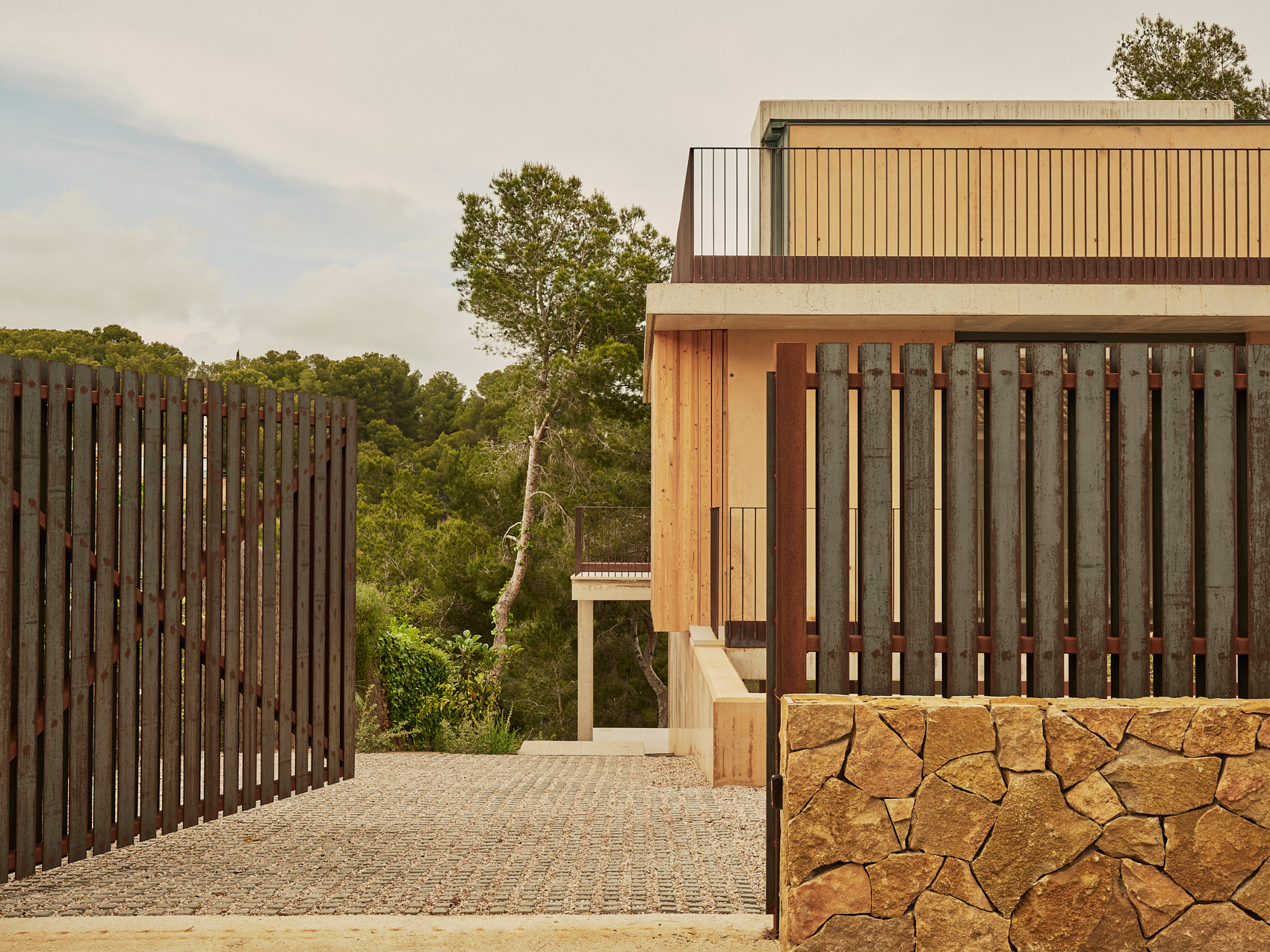 A Spanish house designed to ‘provide not just shelter, but a tangible, physical experience’
A Spanish house designed to ‘provide not just shelter, but a tangible, physical experience’A Spanish house outside Tarragona creates a tangible framework for the everyday life of a couple working flexibly in the digital world
-
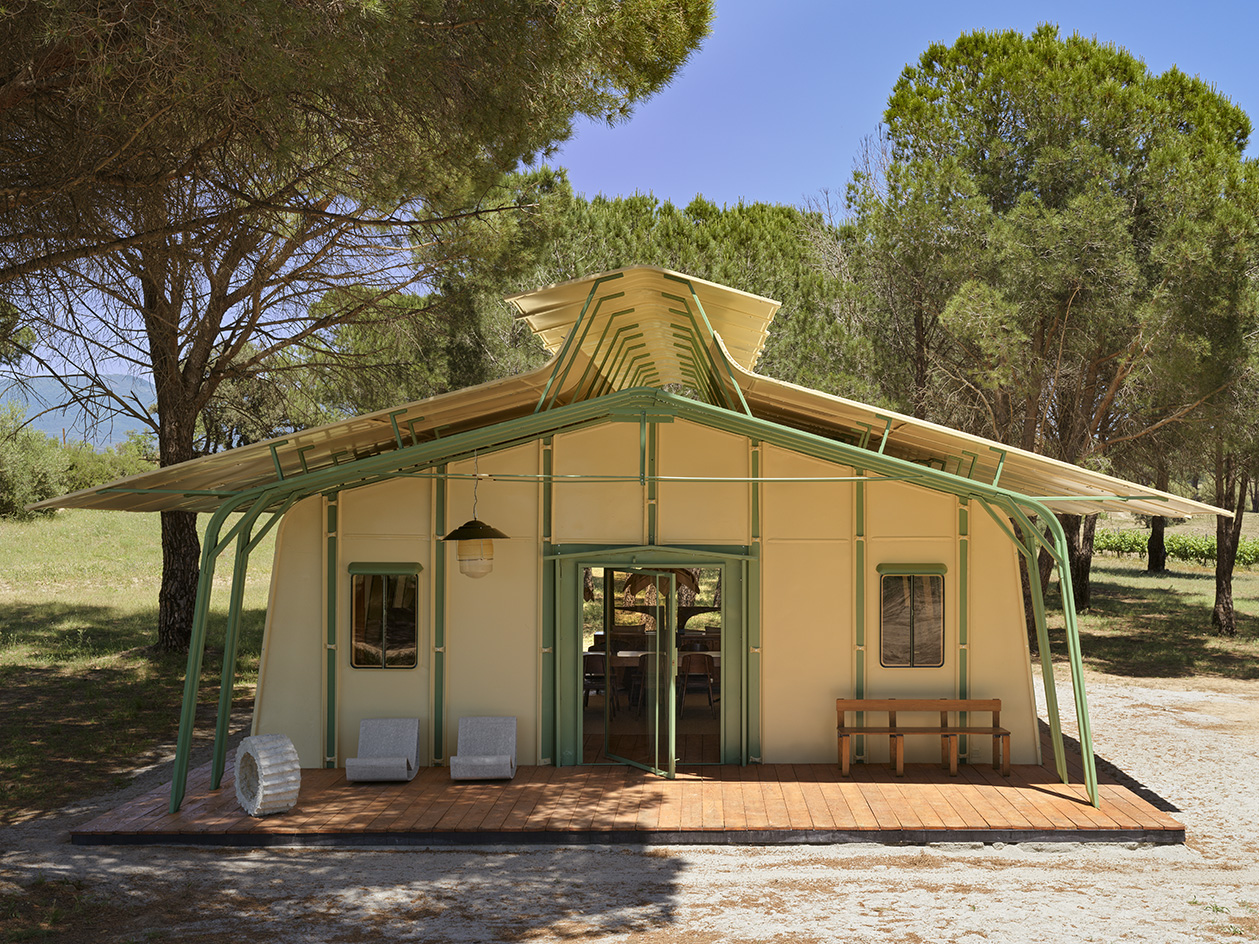 Meet Ferdinand Fillod, a forgotten pioneer of prefabricated architecture
Meet Ferdinand Fillod, a forgotten pioneer of prefabricated architectureHis clever flat-pack structures were 'a little like Ikea before its time.'
-
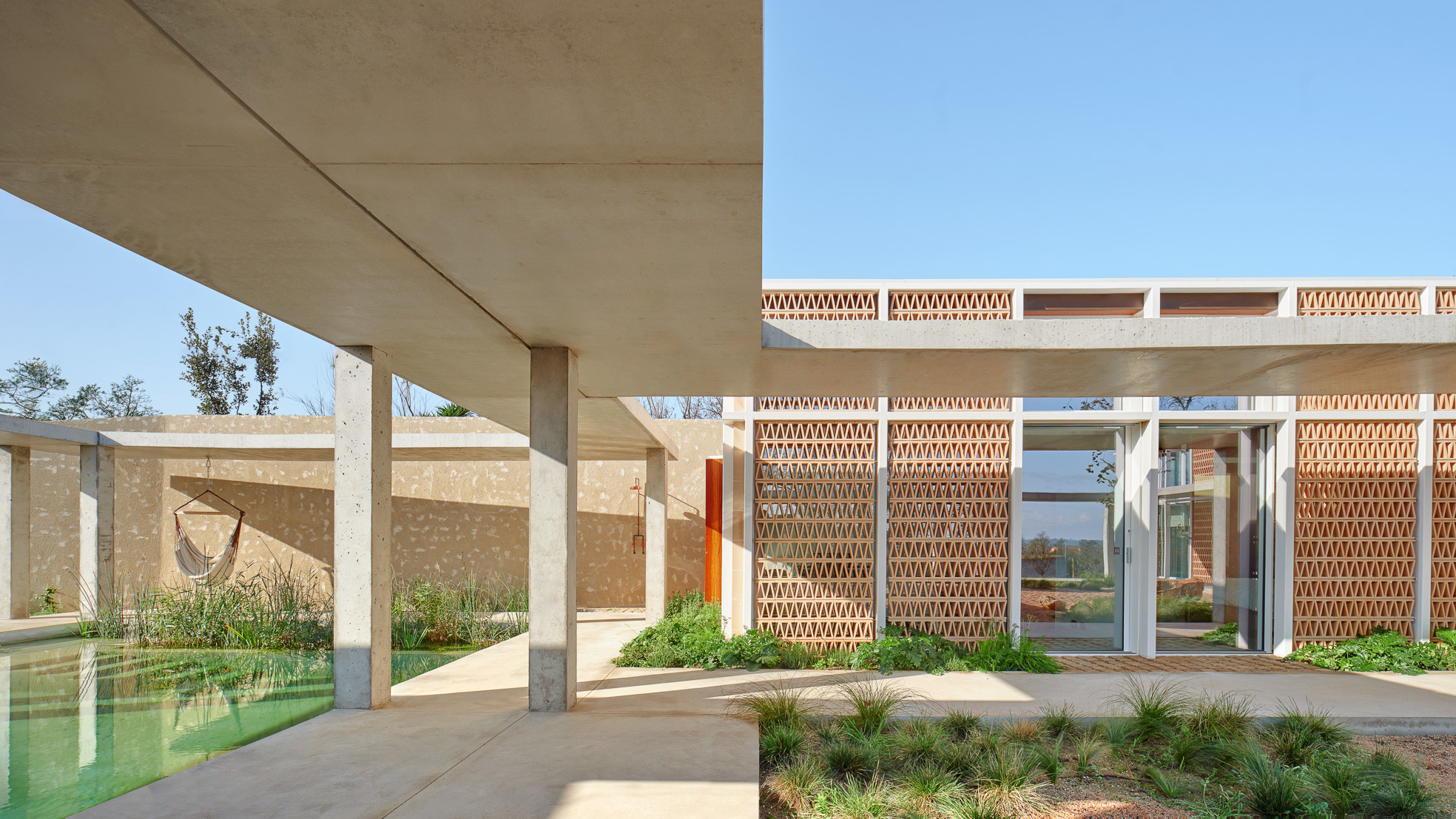 A courtyard house in northern Spain plays with classical influences and modernist forms
A courtyard house in northern Spain plays with classical influences and modernist formsA new courtyard house, Casa Tres Patis by Twobo Arquitectura, is a private complex that combines rich materiality and intriguing spatial alignments
-
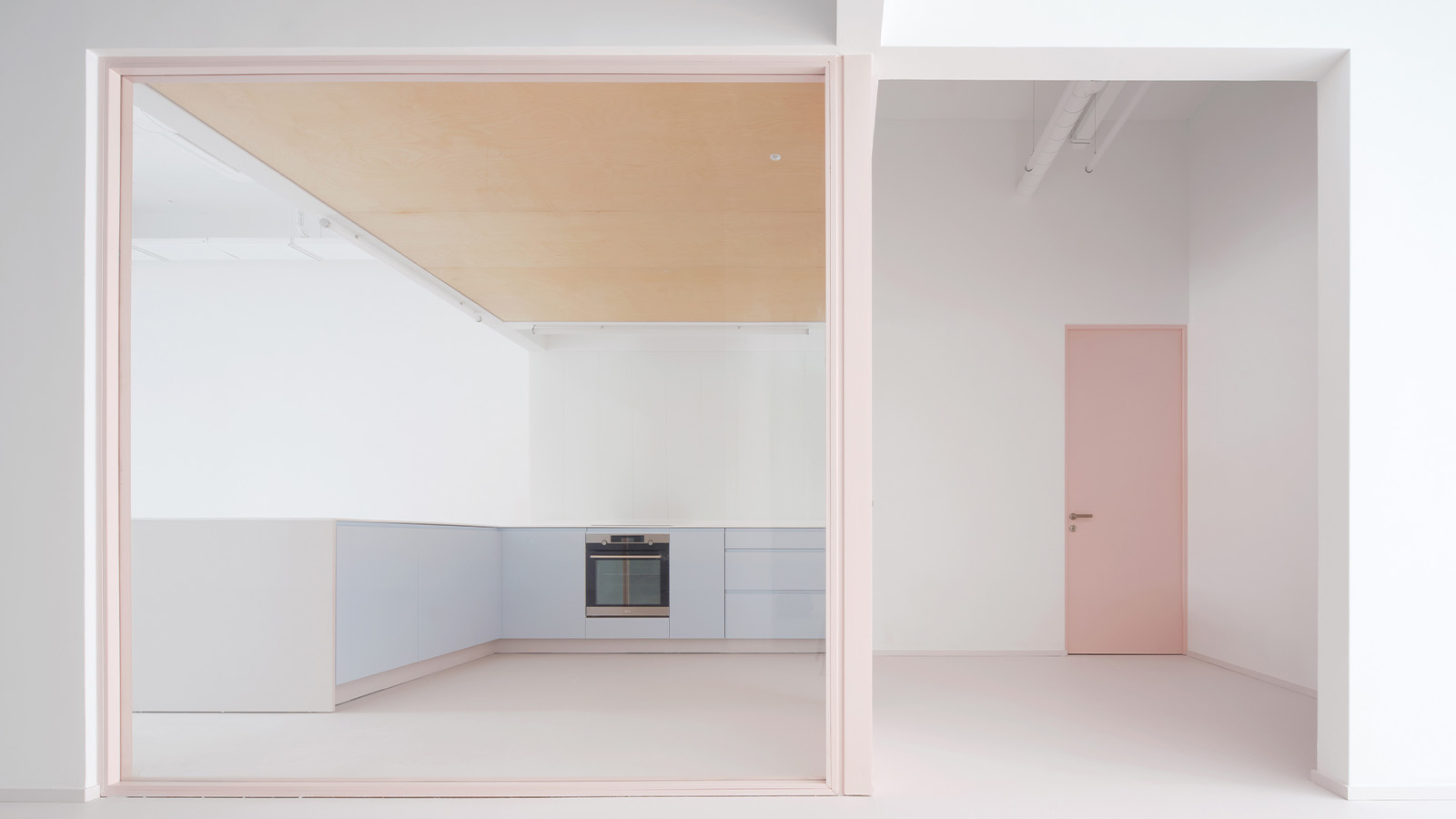 In Santander, a cotton candy-coloured HQ is a contemporary delight
In Santander, a cotton candy-coloured HQ is a contemporary delightSantander’s Colección ES Headquarters, a multifunctional space for art, office work, and hosting, underwent a refurbishment by Carbajo Hermanos, drawing inspiration from both travels and local context
-
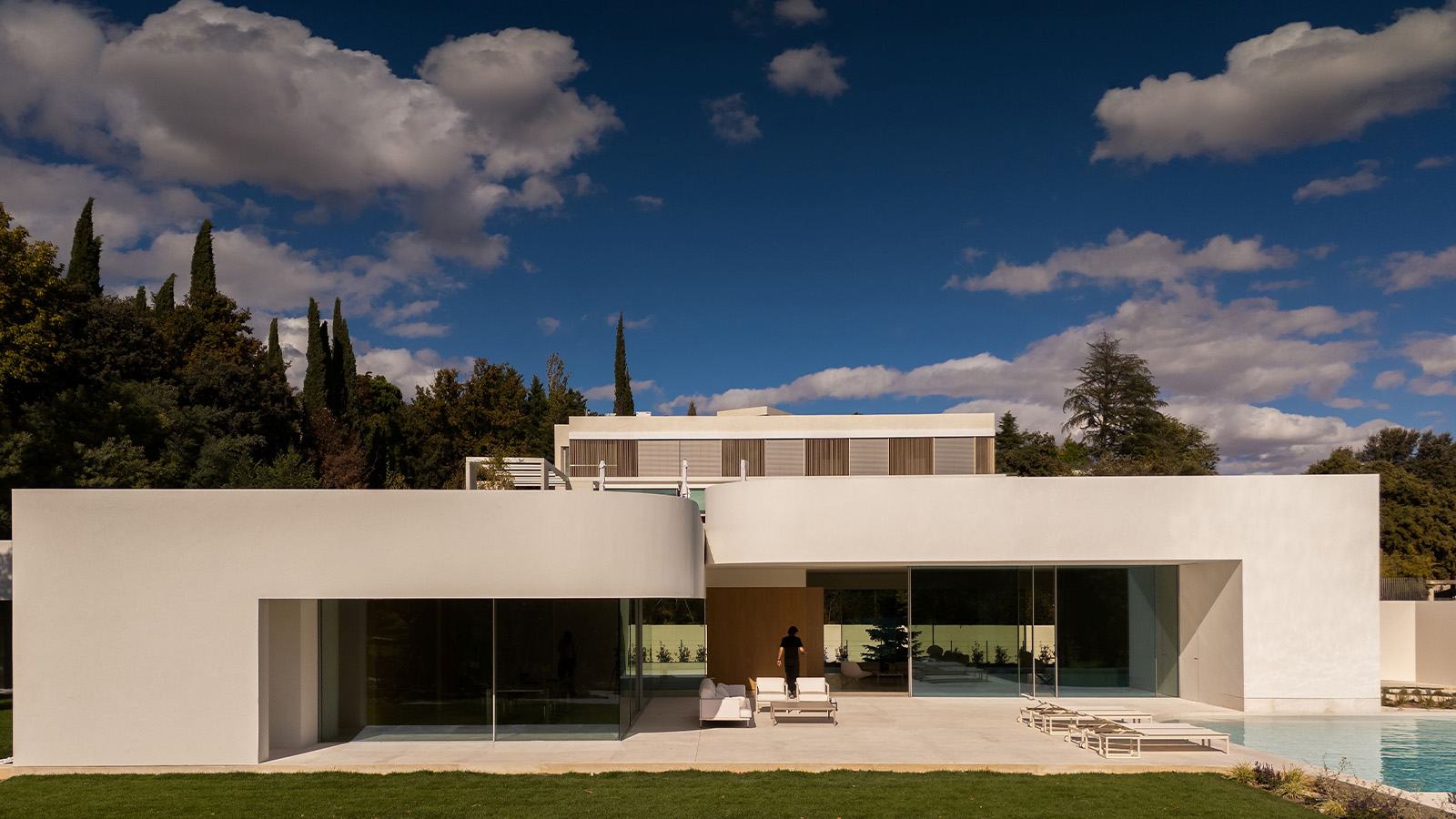 This Madrid villa’s sculptural details add to its serene appeal
This Madrid villa’s sculptural details add to its serene appealVilla 18 by Fran Silvestre Architects, one of a trilogy of new homes in La Moraleja, plays with geometry and curves – take a tour
-
 This striking Spanish house makes the most of a tricky plot in a good area
This striking Spanish house makes the most of a tricky plot in a good areaA Spanish house perched on a steep slope in the leafy suburbs of Barcelona, Raúl Sánchez Architects’ Casa Magarola features colourful details, vintage designs and hidden balconies